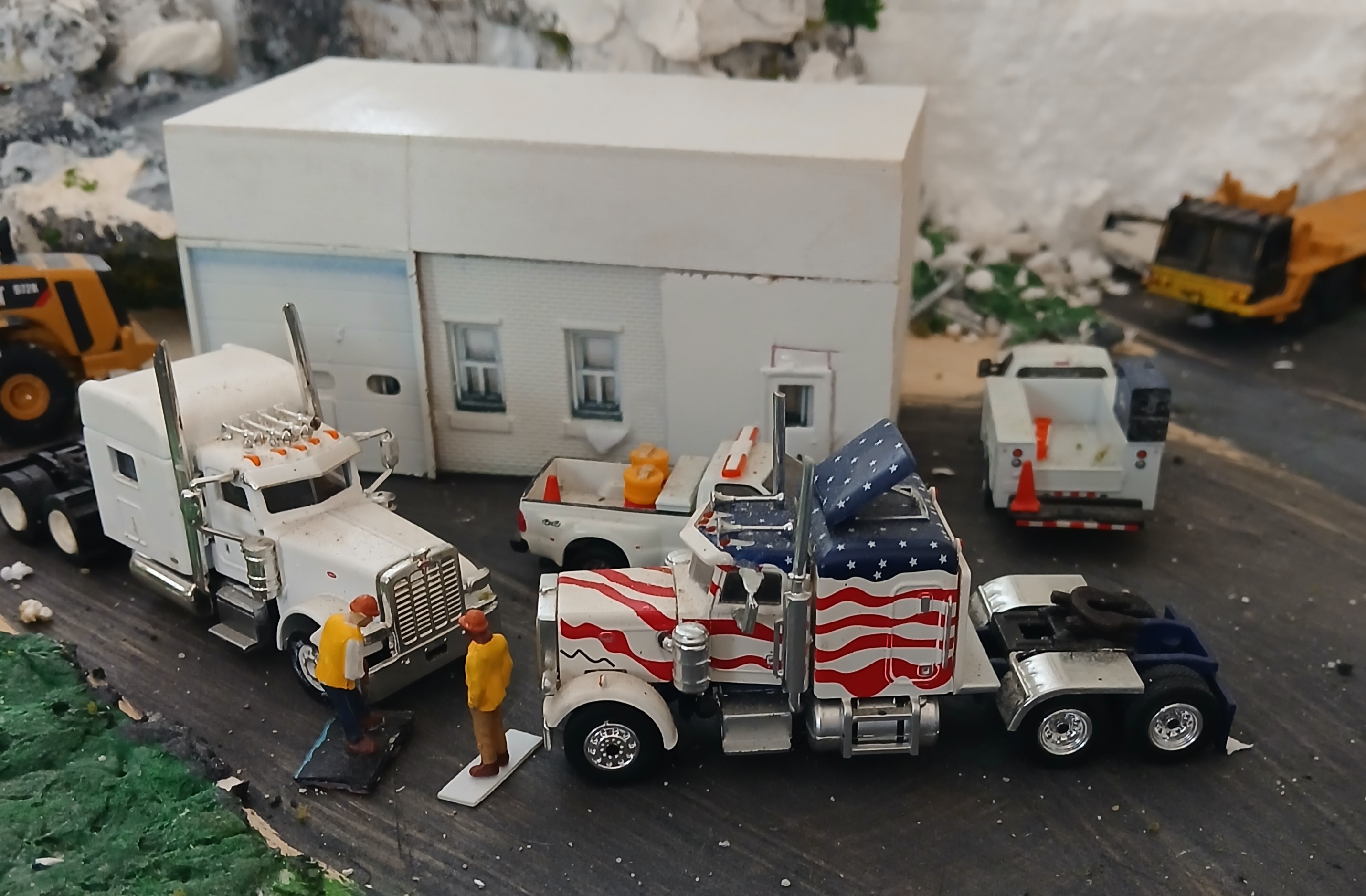Operational Realism: Simulating Real Railroad Operations

Railroads have long been the backbone of transportation, moving goods and passengers across vast distances with efficiency and reliability. For enthusiasts and hobbyists, the fascination with railroads extends beyond mere observation into the realm of operational realism, where the goal is to simulate real-world railroad operations as closelyly as possible. Here's how enthusiasts achieve this:
1. Understanding Real-World Operations
Before diving into simulation, one must understand the intricacies of actual railroad operations:
- Prototypical Railroads: Study how real railroads operate, including their scheduling, freight types, track layouts, and operational practices.
- Historical Accuracy: Many modelers choose a specific era or railroad to replicate, ensuring that every detail from the locomotives to the waybills matches that period.
2. Track Planning and Layout Design
The foundation of operational realism starts with the track:
- Realistic Track Plans: Instead of generic loops, enthusiasts design tracks based on real railroad yards, sidings, and mainlines, often inspired by actual locations.
- Operational Complexity: Incorporating features like passing tracks, spurs for industries, and complex switching operations to mimic real railroad work.
3. Signaling and Control Systems
To simulate real operations:
- Signals: Use of correct signaling systems that reflect the era or the specific railroad being modeled.
- Control Systems: Digital Command Control (DCC) or even more advanced computer-based systems that allow for prototypical train handling.
4. Freight and Passenger Operations
- Car Forwarding: Implementing systems where freight cars are moved according to a realistic schedule or waybill system, much like in real railroad operations.
- Passenger Service: Simulating timetables, stops, and the operational nuances of passenger trains, including dining cars, express services, etc.
5. Operations Days
Many clubs or individual hobbyists organize:
- Operating Sessions: These are events where the layout is run like a real railroad with operators taking on roles like conductor, yardmaster, or dispatcher.
- Scenarios: Creating operational challenges or scenarios that could occur in real life, like managing a derailment, dealing with track maintenance, or handling rush hour traffic.
6. Communication and Documentation
- Radio Communication: Using walkie-talkies or apps to simulate how real railroad crews communicate.
- Documentation: Creating realistic paperwork like switch lists, train orders, and timetables.
7. Community and Education
Operational realism isn't just about personal satisfaction:
- Sharing Knowledge: Enthusiasts often share their setups, techniques, and experiences through forums, magazines, or at conventions.
- Learning Opportunities: These simulations provide educational value, offering insights into logistics, engineering, and historical transport methods.
Conclusion
Operational realism in model railroading goes beyond the aesthetic appeal of miniature trains; it's about recreating the essence of railroading. By focusing on how railroads function, from the smallest operational detail to the complex interplay of trains, tracks, and human elements, hobbyists not only enjoy their passion but also keep alive the legacy of rail transport in a tangible, interactive way. This meticulous attention to detail brings an unparalleled depth to the hobby, turning simple train sets into living, breathing replicas of the golden age of rail.